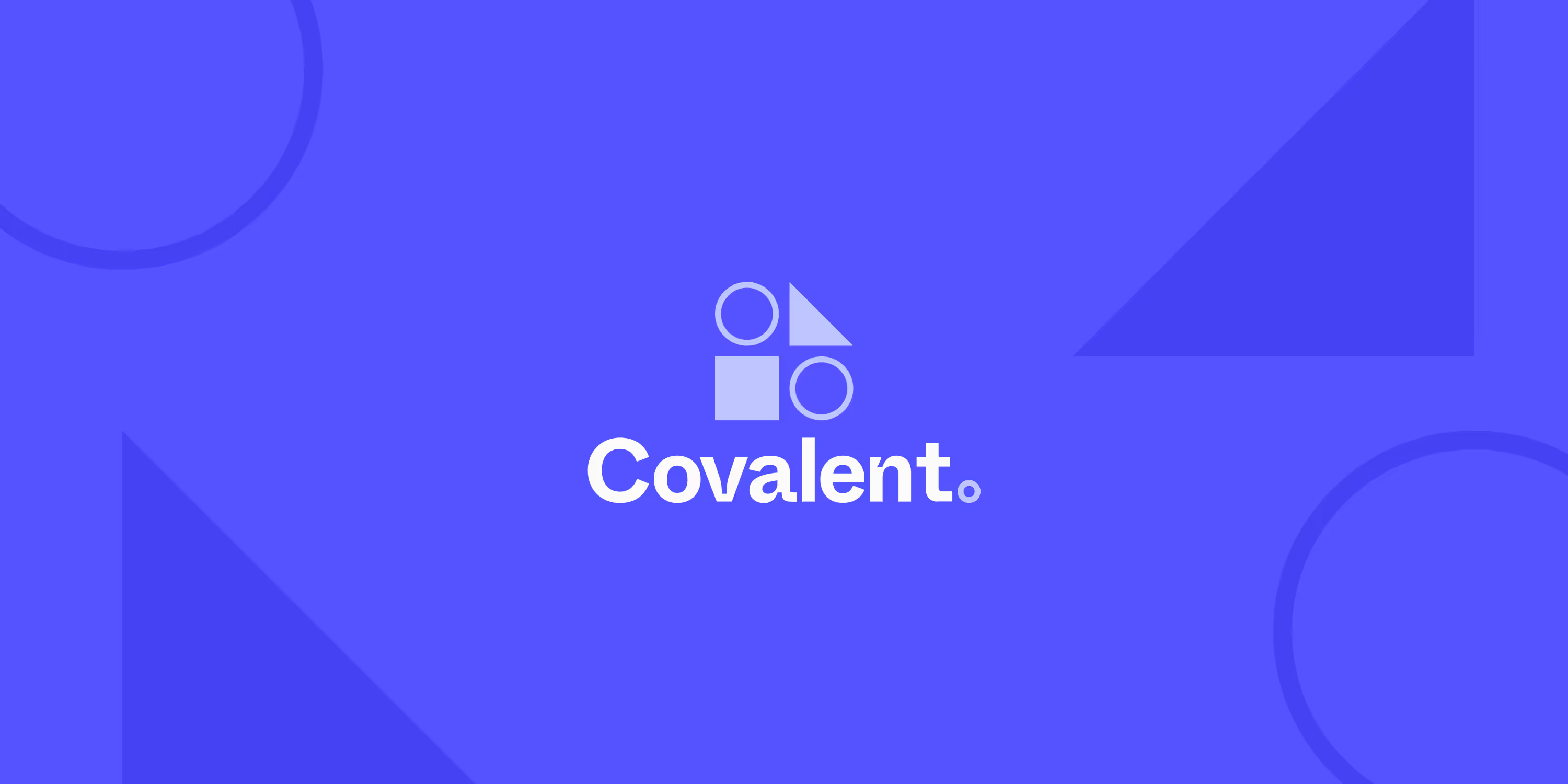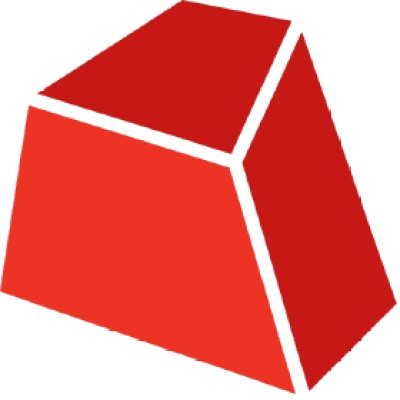
We envision a future where researchers and developers operate at the edge of innovation, unburdened by infrastructure constraints or operational complexity. Covalent exists to transform how machine learning and high-performance computing workflows are managed, enabling breakthrough discoveries by seamlessly connecting idea to production.
Our platform abstracts the intricacies of heterogeneous computing environments into a unified, Python-native experience that empowers users to focus on model design and experimentation rather than DevOps and scaling hurdles. Through this, we democratize access to world-class compute resources and streamline the path to impactful scientific and AI advancements.
Driven by a deep commitment to open collaboration and operational excellence, we are building a future where the power of cutting-edge research is accessible to all organizations, from solo researchers to global enterprises, fostering unprecedented innovation across disciplines.
Our Review
We've been watching Covalent for a while now, and honestly, it's one of those tools that makes us wonder why workflow orchestration had to be so painful for so long. This isn't just another MLOps platform trying to solve everything—it's a focused solution that tackles the specific headache of managing complex computational workflows across different environments.
What Caught Our Attention
The "Infrastructure as Python" approach is genuinely clever. Instead of forcing researchers to learn yet another configuration language or wrestle with YAML files, Covalent lets you define your entire computational pipeline in plain Python. We tested moving a workflow from a local laptop to AWS GPUs, and it literally required changing one line of code per function.
That's not marketing fluff—it's the kind of developer experience that actually matters when you're iterating on ML experiments at 2 AM.
The Real-World Impact
What impressed us most is how Covalent handles the messy reality of modern AI research. You might prototype on your MacBook, train on an on-premises cluster, then scale to cloud GPUs for production. Most tools make this journey incredibly painful, requiring you to rewrite workflows for each environment.
Covalent's browser-based visualization also deserves a shout-out. Tracking experiment metadata and results across different infrastructure environments usually involves a patchwork of tools. Having it all in one unified interface feels refreshingly simple.
Who This Actually Helps
We see Covalent hitting sweet spots for two main groups. First, research teams who are tired of their ML engineers spending more time on DevOps than actual machine learning. Second, enterprises with hybrid cloud setups who need to maximize their existing hardware investments while maintaining flexibility.
The serverless Covalent Cloud offering is particularly smart for startups. You get access to high-end GPUs (H100s, A100s) without the commitment of long-term contracts or minimum spend requirements. Pay for what you use, scale when you need to—it's the kind of pricing model that makes sense for unpredictable research workloads.
Room to Grow
At $500K in pre-seed funding, Covalent is still early-stage, which shows in some areas. The ecosystem isn't as mature as some established players, and enterprise features are still developing. But that early-stage energy also means they're incredibly responsive to user feedback and moving fast on feature development.
For teams already drowning in workflow complexity, Covalent offers a pragmatic path forward. It's not trying to revolutionize everything—just make the hard parts significantly easier.
Multi-environment support (local, on-premises, multi-cloud)
Workflow visualization via browser-based UI
Resource sharing and efficient partitioning for GPUs and compute
Minimal code changes to scale from prototype to production with Python
Serverless on-demand access to high-performance compute (Nvidia H100, A100 GPUs)








